© 2025 Qualitetch Ltd. Site by i3MEDIA
Your total metal component manufacturing solution
The photo etching process is known by many names,
including chemical etching, acid etching and photo
chemical machining (PCM).
Photo chemical etching, a precise and versatile manufacturing process, offers a plethora of benefits and features that make it a preferred method for creating intricate metal components across various industries. This process boasts numerous advantages and can manufacture a wide array of metal components with exceptional precision and detail.
Features of Chemical Etching:
Utilising flat sheet metal to manufacture high quality and accurate parts and components for a variety of businesses and industries, Qualitetch offers the very best service possible in the marketplace.
As well as providing businesses with their components within a short timescale, the method of production allows for high levels of accuracy, minimal margins for error, and is also cost-effective in both high and low volume orders. Depending on your choice of material and thickness of the metals used, the level of accuracy we are able to achieve can be assured from within +-0.010mm tolerances.
Benefits of Chemical Etching:
Metal Components Manufactured via Chemical Etching:
The chemical etching process is adept at manufacturing a diverse range of metal components, including:
In summary, chemical etching stands as a versatile and precise manufacturing process that offers a multitude of benefits. Its ability to produce intricate designs, maintain material integrity, and facilitate cost-effective production makes it an ideal method for manufacturing high-precision metal components used across industries like electronics, aerospace, automotive, medical, and decorative arts.
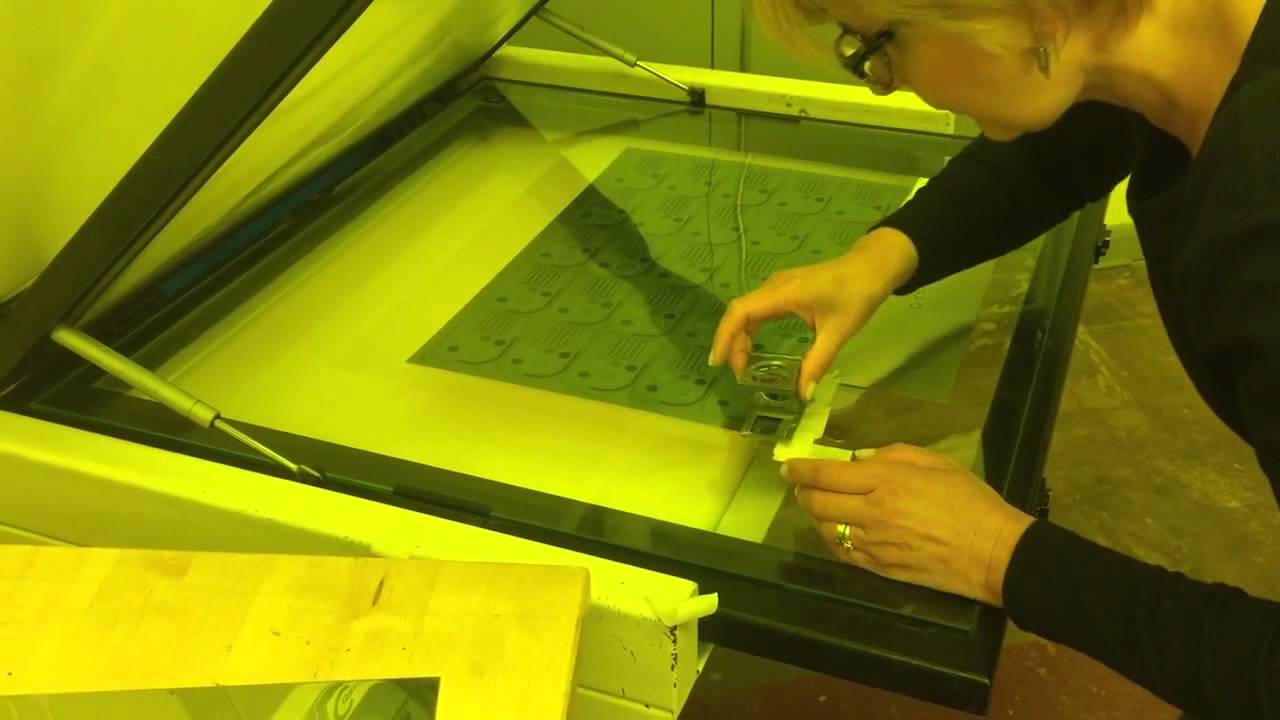 Watch the Video
Photo Chemical Etching Process | 27 mins
Watch the Video
Photo Chemical Etching Process | 27 mins
The photo etching process produces metal components that are both stress-free and burr-free compared to more traditional manufacturing methods – ensuring that your end product is as both accurate and precise to your drawings.
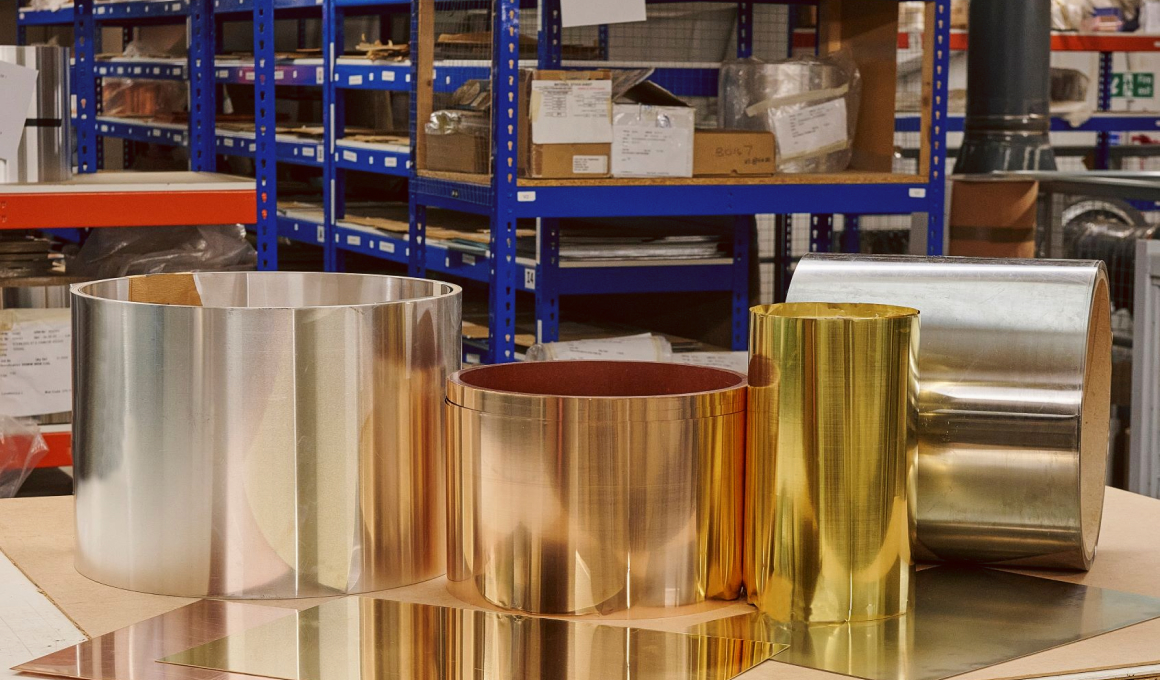 1
1
Qualitetch offer a huge range of metals for etching including: Stainless Steels, Carbon Spring Steels, Copper, Brass, Nickel Silver, Mild steel, Phosphor Bronze, Silver, Beryllium Copper, Aluminium, Nickel, Mu Metal, Alloy 42, Alloy 52 & Many Others.
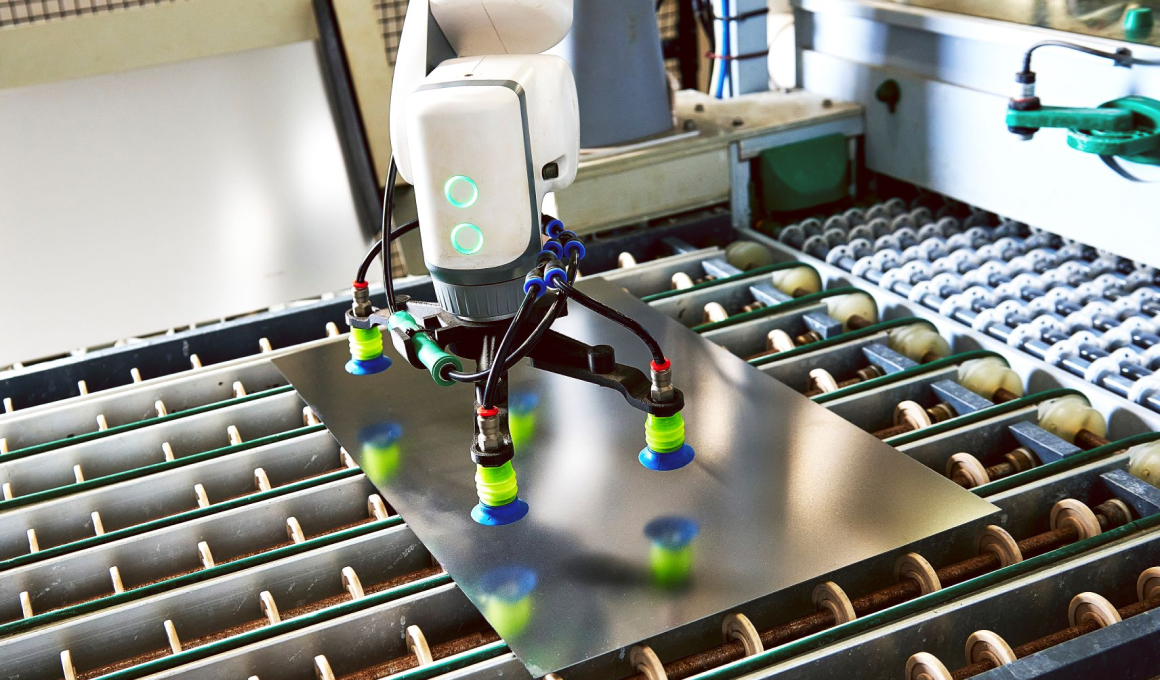 2
2
In order to ensure perfect parts every time, we need to clean the sheet metal to remove any impurities from the sheets surface before manufacturing your designs. This involves passing the metal sheets slowly through acid or alkaline solutions and rinsed prior to laminating, printing and developing.
 3
3
Metal cleaning involves passing the sheets slowly through conveyorised acid or alkaline solutions and rinsed clean prior to the lamination, printing and developing stages, depending on the sheet metal choice required.
 4
4
Once cleaned the metal sheets are coated with a UV sensitive photo resist, which melts to sheet in preparation for the printing process.
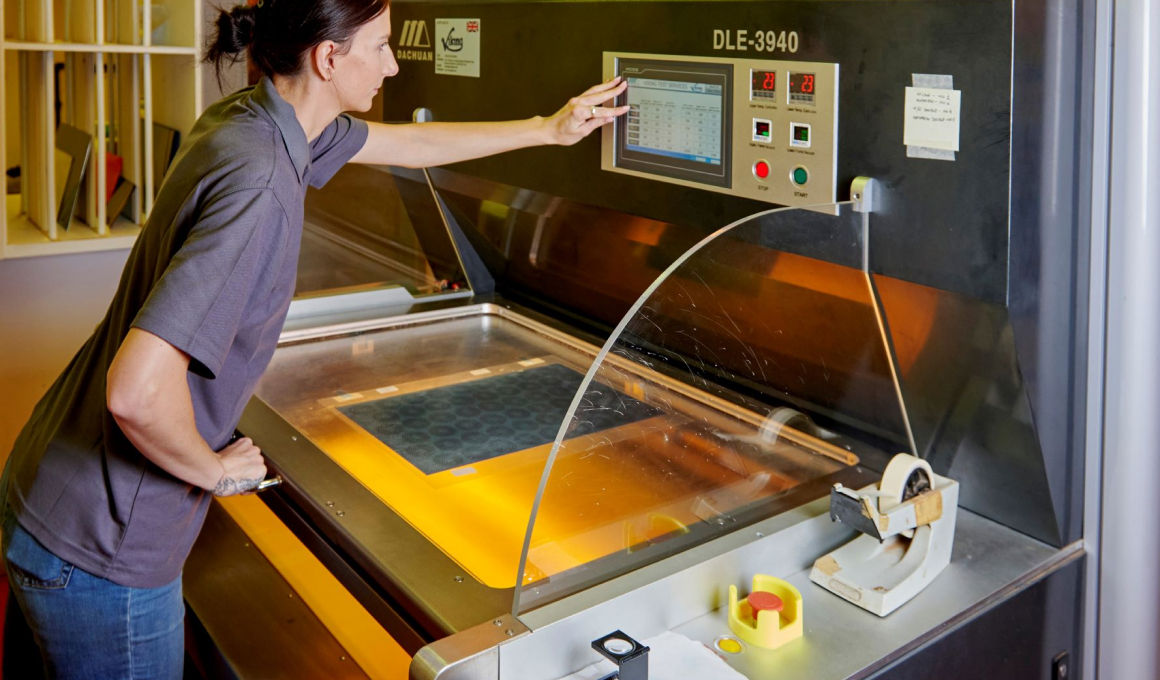 5
5
The printing process involves us taking your chosen profile design and applying it to a two sided top and bottom acetate photo film mask, that we then print your design onto the UV sensitive photo resist.
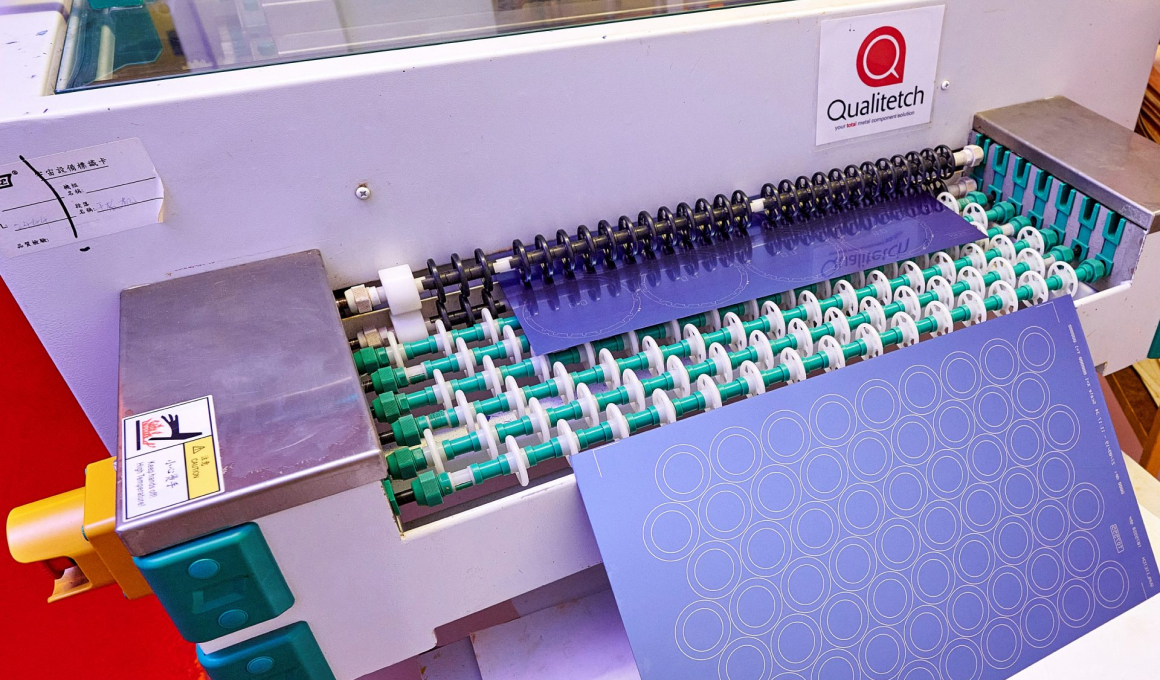 6
6
Once the metal sheet is printed with your chosen design, we then need to develop the sheet. This process effectively washes away the fine lines of the profile we are cutting, leaving raw metal track lines ready for the etching process to work it's magic very precisely.
 7
7
The etching process itself is an acid, usually ferric chloride, that effectively eats it's way through the metal at a known rate to ensure precision and targeted only in the areas you wish to remove, such as the profile track lines or other holes and features such a mesh. The rest of the sheet is masked by the UV photo sensitive blue resist, to protect the metal from the etchant until the parts are complete. This can be a very useful in a manufacturing process as the design can be very complex or include tabs or half etch fold bend lines at no added cost as you simply print your design rather than needing expensive machining time. Following an on-line dimensional check, all that is then required, is for us to strip and remove the UV photo sensitive resist coating and the parts are ready for full QA Inspection.
 8
8
At Qualitetch we offer various levels of QA inspection depending on our customers needs, as we supply both major blue chip businesses all over the world as well as smaller local businesses and anywhere in-between, as the photo etching process is very versatile. We have various automated optical equipment to ensure you parts are accurately supplied to your drawings. We also offer levels of inspection including 100% inspection, PPAP levels, batch inspection, First article inspection (FAIR) and bespoke customer inspection as required.
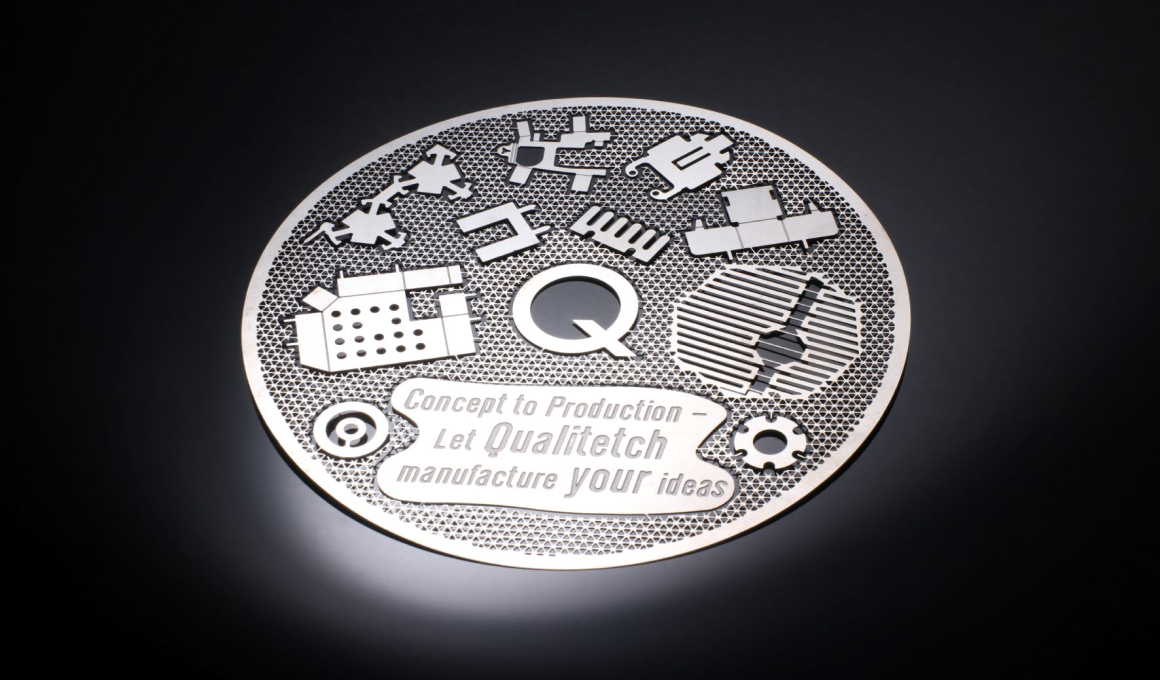 9
9
Once the parts are fully inspected and passed they are ready to be packed and sent to the customer, or for additional processes such as plating, forming, soldering, spot-welding, machining, EDM wire erosion, heat treatment or any other bespoke services required, such as assembly.
The photo-tool artwork for photo chemical etching is free of charge here at Qualitetch, as we like to invest in our customers future.
With the ability to produce rapid prototypes with short lead times, the complexity of your design is often not an issue. We will manufacture to your required drawings and to your exacting standards.
The chemical etching process does not use mechanical force or heat, which means that the metals properties remain unchanged. The temper of material is also not altered and parts are completely burr-free and stress-free.
Our metal etching process leaves no rough edges or burrs, therefore no additional deburring process is often required.
A huge variety of different material types and thicknesses can be photo etched, ranging from 0.0127mm through to 1.60mm thick.
As your components features are all etched simultaneously, the complexity achievable can be impressive with profile tolerances achievable from ±0.025mm.
We can offer your component parts using various precision strip metals. Here are just some examples;
Bipolar Plate manufacture & hydrogen fuel cells & Electrolysers through chemical etching
View the ServiceWe offer a wide range of engineering solutions and process methods to suit your project needs.
View the ServiceStainless steel photo chemical etching is one of the most common materials we etch.
View the ServiceSilver is one of the most common precious metals around the world
View the ServiceSteel is one of the most popular metal materials to use in manufacturing.
View the Service
